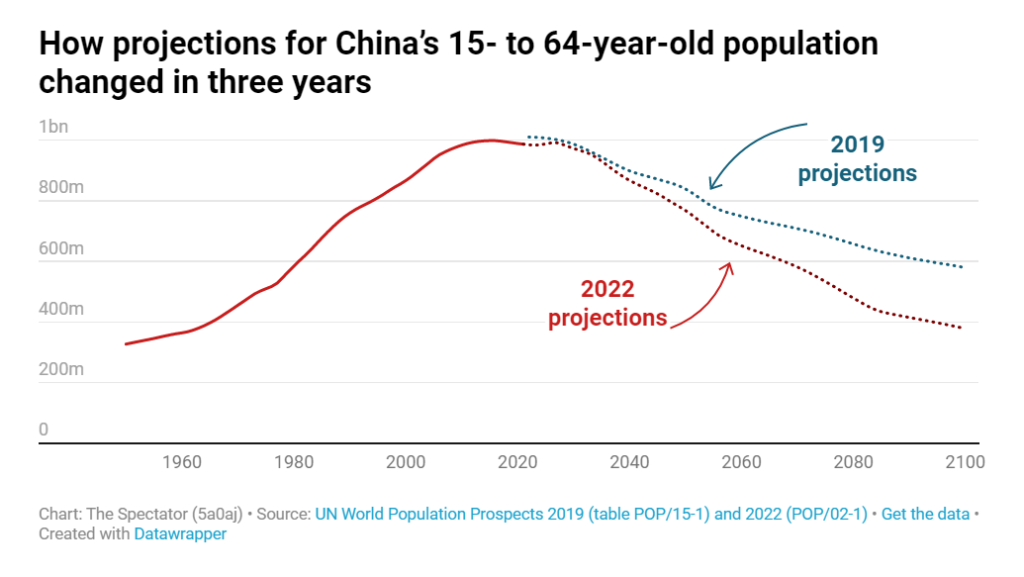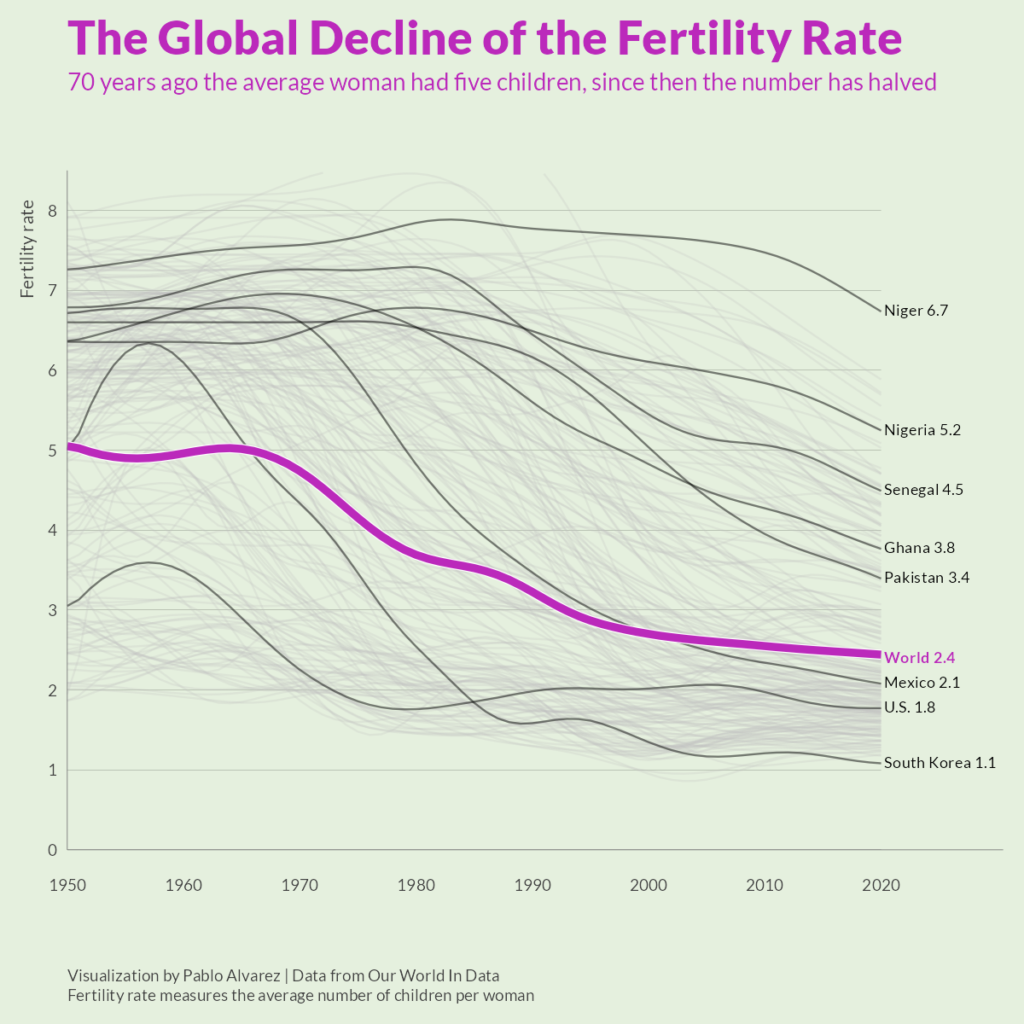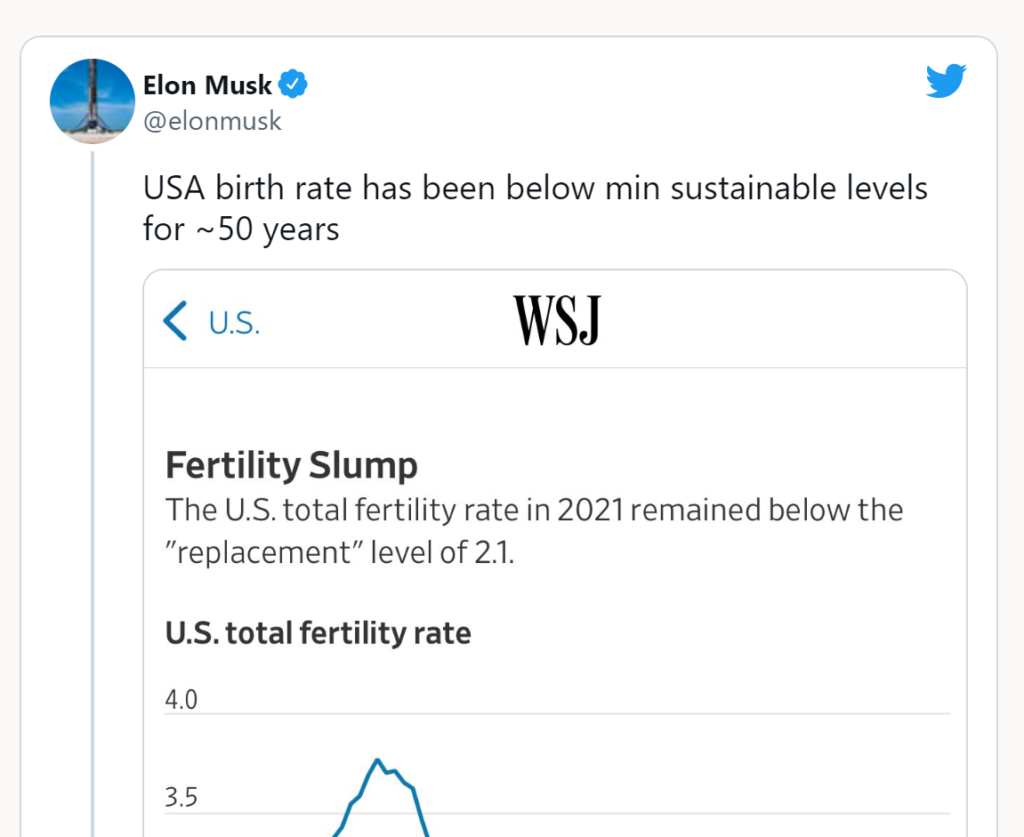Link: https://blog.datawrapper.de/historical-marriage-age-britain/
Graphic:

Excerpt:
In the previous Weekly Chart, Elliot brought the data to confirm a commonsense impression: people these days are waiting later than their parents and grandparents did to get married and have children. The average age of a newlywed in the U.K. is 30.6 for women and 32.1 for men — about five years older than they would have been 1995, and nine years older than in 1964.
When we’re looking back in history, three generations is about as far as common sense can usually go. Those are the people whose lives we know firsthand. Many of us might have a general impression that women, especially, married young in the past, but we don’t actually have any 19th century friends or family to compare that impression against. Reading last week’s post, I was curious to see the older data that could fill in that gap.
Author(s): Rose Mintzer-Sweeney
Publication Date: 15 Jun 2023
Publication Site: Datawrapper











